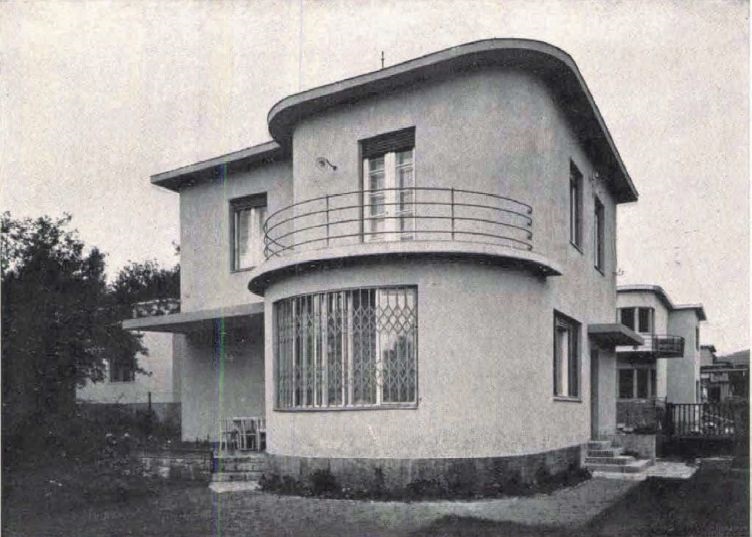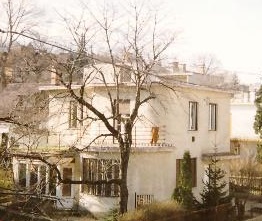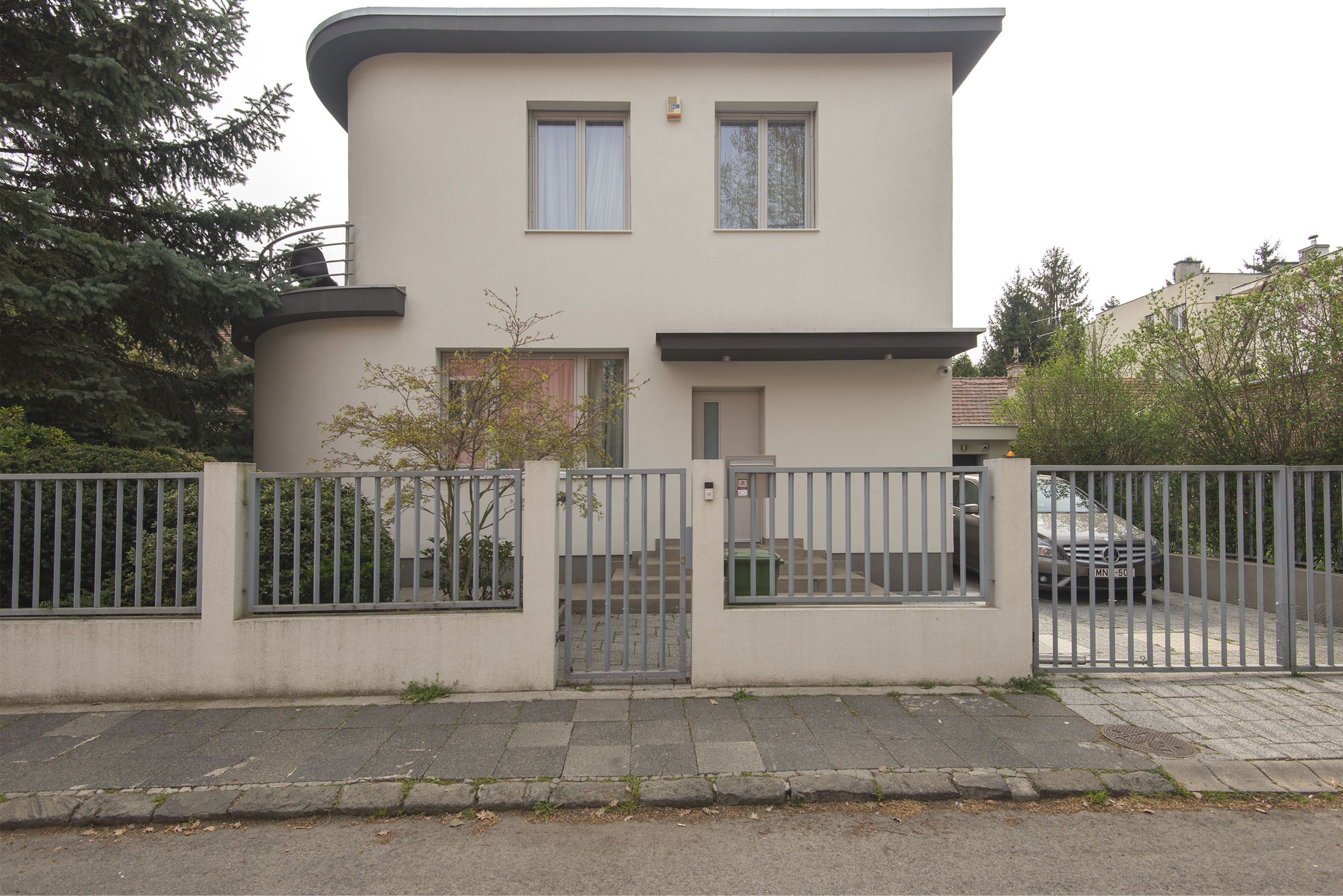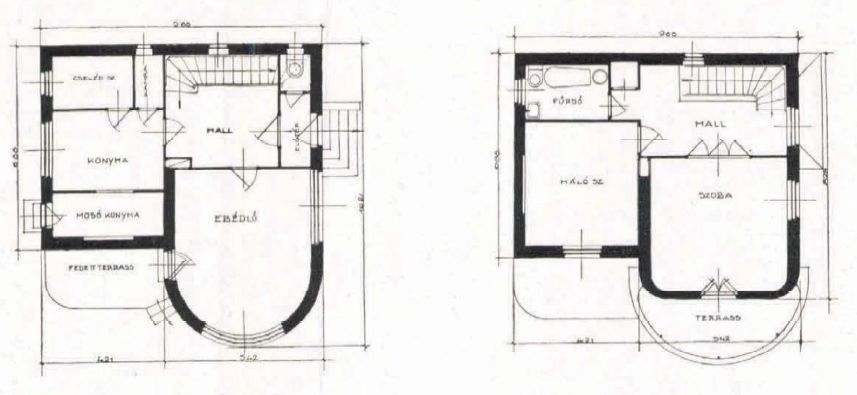Napraforgó street 4.
Architect: Virgil Borbíró (Bierbauer)
Nagyenyed, 1893 – Budapest, 1956, architect, architecture historian, architecture theory writer.
Following a study tour in Italy, he attended the Technical University in Munich where he graduated as an engineer in 1915 and received a technical PhD in 1920. He worked at the National Ministerial Committee for Apartment Building from 1918 to 1922. In his early buildings – e.g., the tourist hostel at Galyatető, the Sport Hotel in Tihany – the influence of classicism can be felt.
In 1925 he joined forces with Kálmán Reichl, and became connected with the building of the Kelenföld Power-Plant of the Capital’s Electric Works. He become acquainted with the brick architecture of Northern Europe and became its eager propagator. From 1927 he was delegated to the Comité International des Architectes by the Hungarian Association of Engineers and Architects. In this capacity he invited the delegates of the 12th Congress of Architects to Budapest and he was the main organizer of this event.
In 1928 he developed the annex of Entrepreneurs’ Journal to an independent periodical under the name of „Tér és Forma” introducing the results of international and Hungarian architecture. He was one of the editors and the most active author of this periodical. His journal served the tasks to establish the architectural critics in Hungary and to accept a new building regulation. He organized the city planning conference of the Association of Engineers and Architects (1930), then the first city planning exhibition of the Association in 1933. His masterwork „History of Hungarian architecture”, as the first summary of this topic, was published in 1937. He had significant role in the shaping of the new building regulation accepted in 1937, both as a committee member and as the developer of the fundamental principles. He received assignments to prepare plans for numerous cities (Tata, Komárom, Vác).
In 1945-1948 he was the member of the Council of Public Works and of the Hungarian Art Council. Between 1947-49 he was the state secretary of building with the task to organize the reconstruction. From 1951 he dealt with modular planning at the state company TIPUSTERV, then took part in the preparation of large projects at the National Office of Building. In his last work „Suggestions for the city planning of Budapest” he is the first architect to suggest the development of a walking area in the Inner City of Budapest. In 2010 he was awarded a posthumous Ybl prize.
Source of photos: Tér és Forma 1931/10, 305-326, Vékás András, Mátéffy Bendegúz
Source of ground-plans: Tér és Forma 1931/10, 305-326




